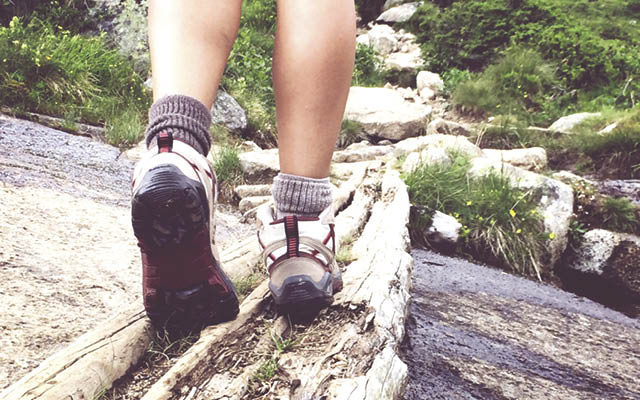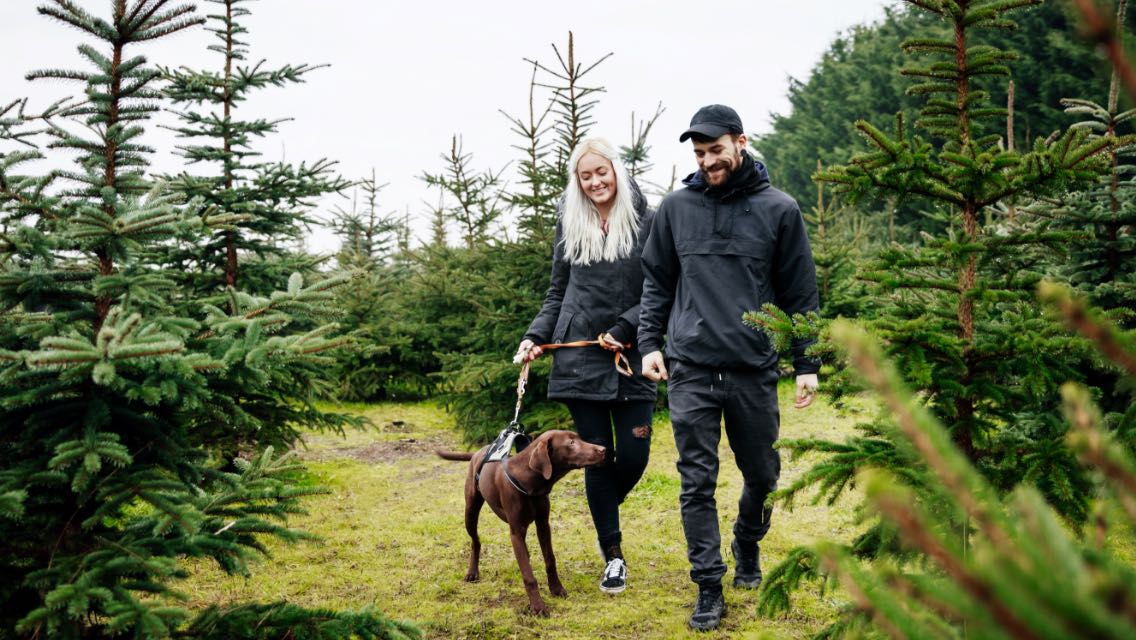I am balanced precariously on just my right hand and left foot on a 4-inch-wide strip of wood.
What I need to do: swiftly and securely plant my right foot beside my left and shift my balance to stand up.
What I actually do: stay rooted right where I am, gripped by a fear of falling off the edge.
I close my eyes and place my free hand on my chest in an effort to calm myself down and complete the move known as a “tripod transition.” It doesn’t work.
I lose my balance and tumble forward, slapping my left hand on the floor to catch myself. Falling a couple of inches off a two-by-four plank is really no big deal. I’m safe, albeit frustrated that my primal fear got the best of me mid-primal movement.
“This moment today is just a snapshot of what you can do,” says Kimberly Alexander, the MovNat master trainer leading a group of us through natural movement patterns and principles, including this balancing combo.
“What you can do could be different tomorrow,” she says. “It may be different than yesterday. There is no perfect.”
It’s uncommon for a fitness methodology to promote anti-perfection, but the approach is a welcome one for many who have (re)discovered natural movement through MovNat.
MovNat, short for “move naturally,” is a mind–body approach to not only fitness but life. It was created by Erwan Le Corre in 2008 with the aim of developing functional, ancestral skills — crawling, balancing, running and walking, lifting and carrying, throwing and catching, jumping, and climbing. (Even sitting on the ground is a skill to hone.)
Over a recent weekend, Alexander led 10 of us through progressions for these skills. Five in our group attended for the pure fun of it — for many people, MovNat feels like play. The skills hark back to childhoods spent in woods and fields and on playgrounds, back before exercise felt like a chore or an accomplishment.
The remaining five, including me, were fitness professionals testing these skills as part of MovNat’s certification program. Some of the challenges came naturally to me — lifting and carrying odd objects and heavy loads, for instance, because I practice lifting and carrying almost daily. Others, like balancing and climbing, tested (and bested) my efforts.
Through repetition and adaptation, I learned the importance of holding both tension and relaxation. Extreme rigidity isn’t useful, and neither is complete laxness. Efficient movement is achieved by creating the muscular tension that is essential for a task, but not more than that.
Life in a nutshell, huh? Don’t make it harder than it needs to be, but also not so easy that you’re not living at all.
“Movement is vital. It’s necessary for surviving and thriving,” explains Alexander. “We as humans are drawn to the path of least resistance. We create things that make us more efficient. But we’re also leading to our own physical demise. We want to conserve energy . . . but it shouldn’t be at the expense of movement.”
According to Alexander, natural movement patterns help us learn to walk the nuanced line between what we want and what we need, between what is worth our effort and discipline and what is simply hard for hard’s sake.
When I lost my balance on the two-by-four, it would have been easy to give up. Falling off meant that I’d failed the certification, no matter how I performed on the other tests that weekend. That one moment was exhausting and, if I’m being honest, embarrassing. I had the full support of my new friends and yet I felt shame for messing up.
But the feeling was fleeting. What stuck with me was the knowledge that I could try again and marvel at what might happen. I fell and I failed, but I wasn’t a failure. I didn’t have to suffer for the fall or give up on something good just because it was hard this time. I could practice, and tomorrow — or the next day, next week, or next month — it would be different.




This Post Has 0 Comments